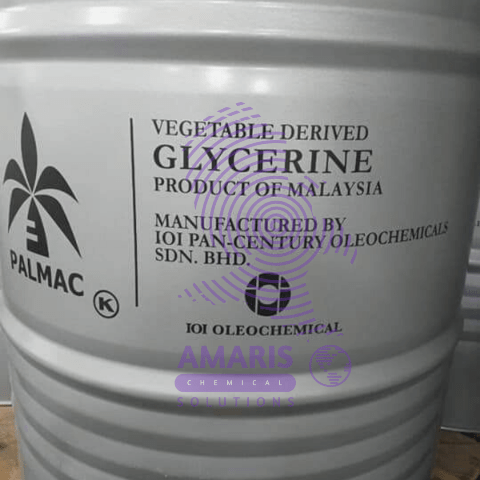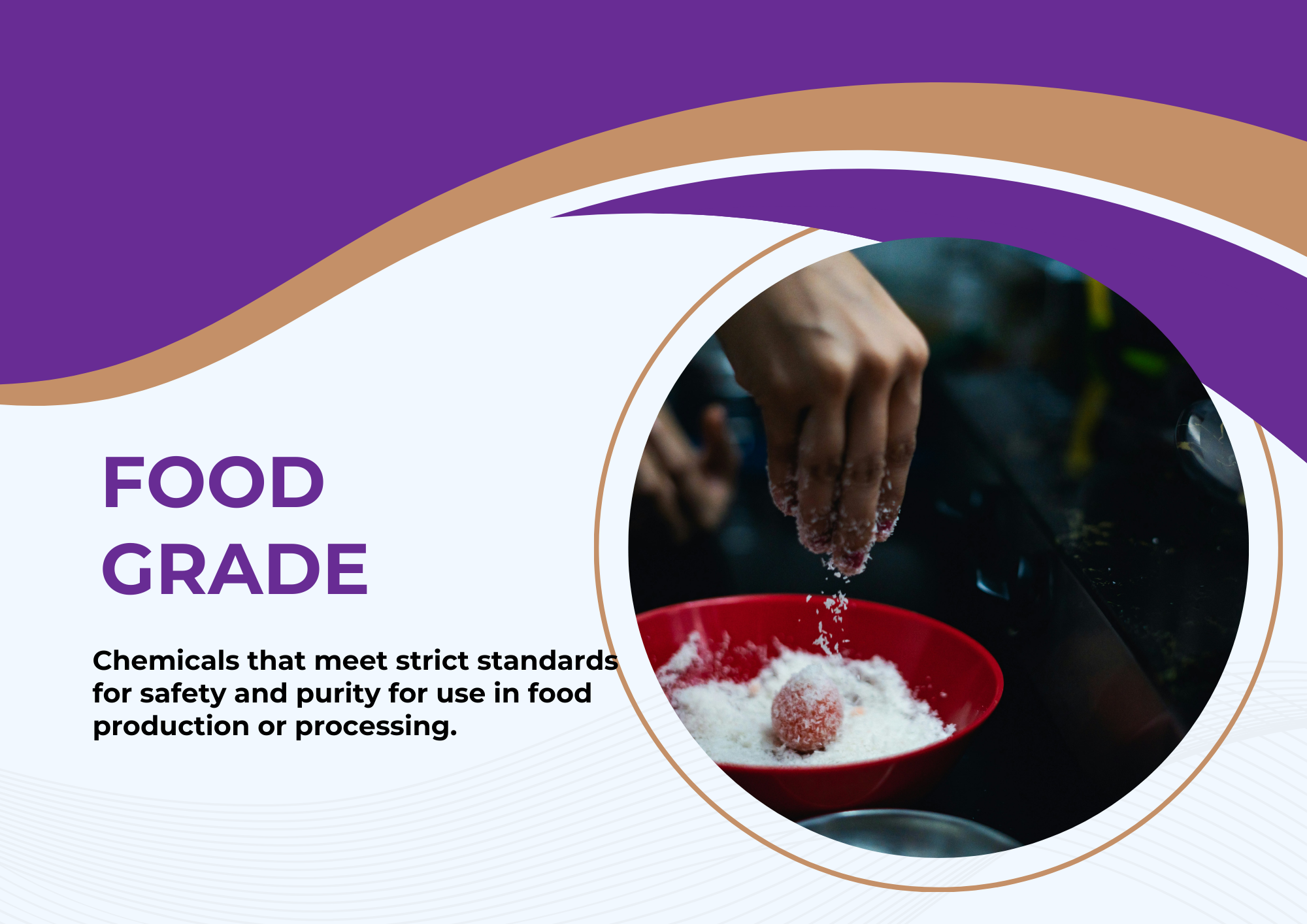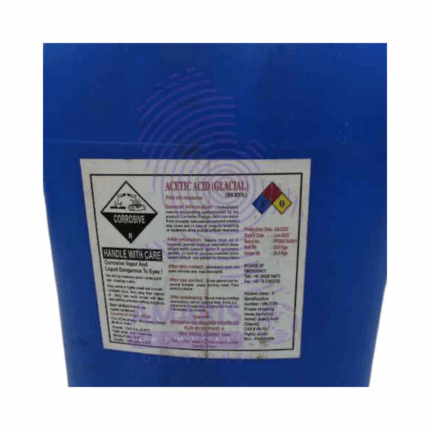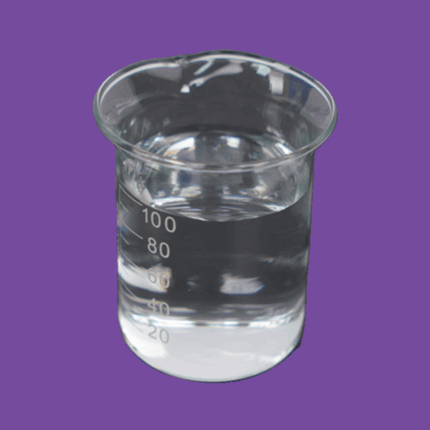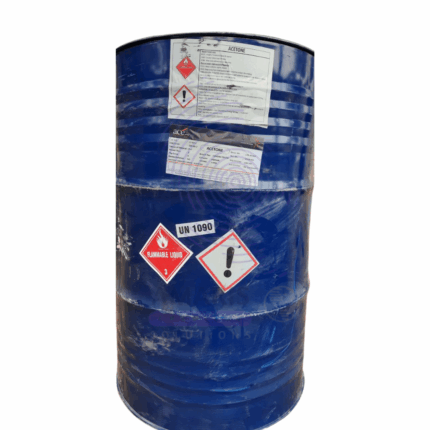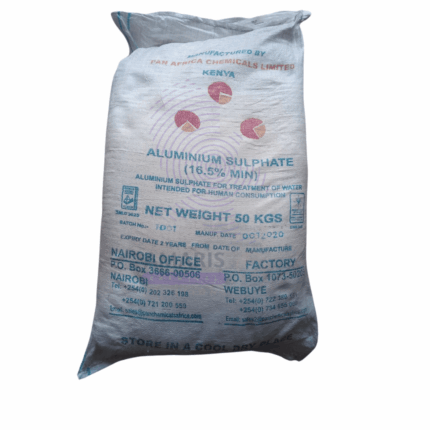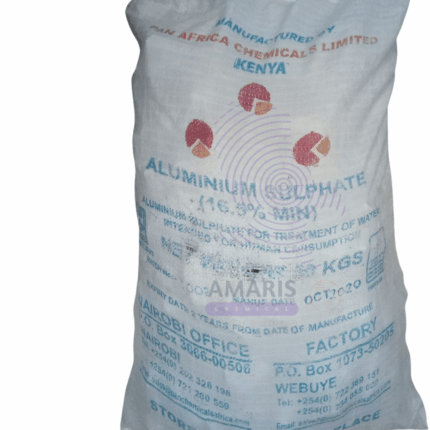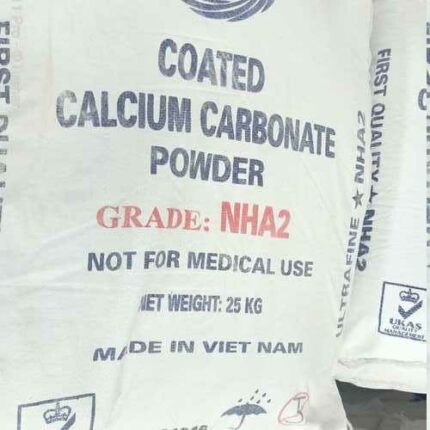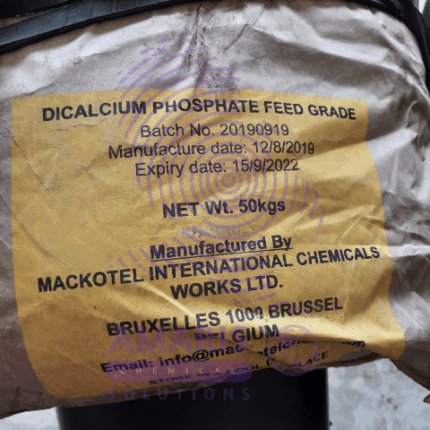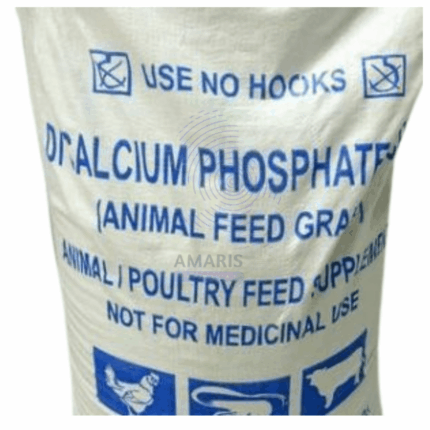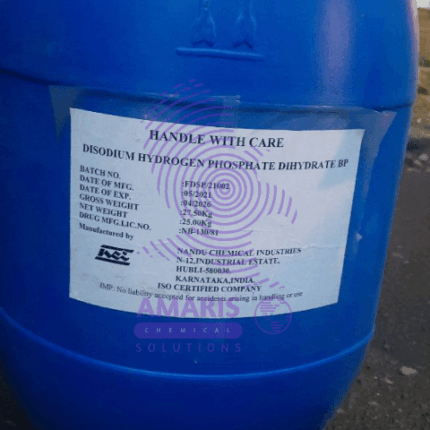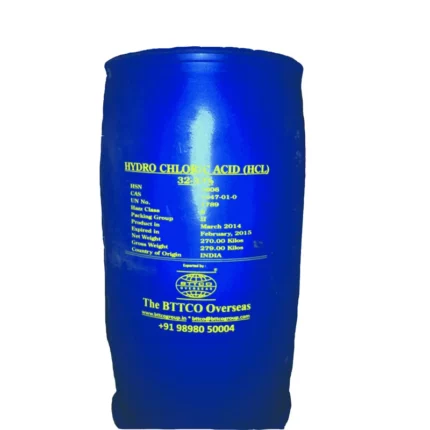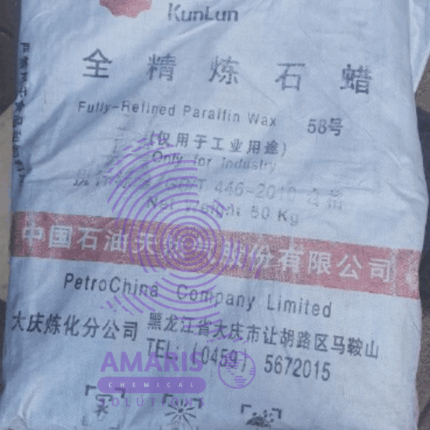
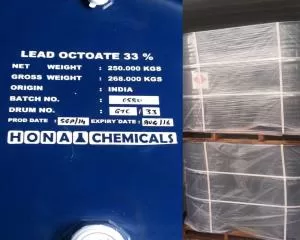
Glycerin Food Grade
$58,000.00 Original price was: $58,000.00.$55,000.00Current price is: $55,000.00.
Glycerin Food Grade, also known as glycerol, is a colorless, odorless, viscous liquid that is sweet-tasting and non-toxic. It is a type of alcohol with three hydroxyl (OH) groups, and is commonly used in various industries such as pharmaceuticals, cosmetics, food, and personal care products. Glycerin has numerous applications, including as a solvent, humectant, emollient, and lubricant, among others. It can be derived from both plant and animal sources, and is also produced as a byproduct of soap and biodiesel manufacturing.
Glycerin Food Grade Uses
Primary Uses of Food Grade Glycerin
These are cases where glycerin is intentionally added for its specific properties:
-
Humectant – Retains moisture in foods like baked goods, candies, and marshmallows to prevent drying.
-
Sweetener – Provides mild sweetness (about 60% as sweet as sucrose) in low-sugar or sugar-free foods.
-
Solvent & Carrier – Dissolves flavors, colors, and vitamins in beverages and food extracts.
-
Preservative & Shelf-Life Extender – Helps maintain freshness in packaged foods by controlling water activity.
-
Texture Modifier – Improves smoothness in ice creams, fondants, and processed meats.
-
Plasticizer – Prevents crystallization in candies and frostings.
-
Fermentation Aid – Used as a carbon source in fermentation processes (e.g., probiotics, beer, wine).
-
Low-Freezing Agent – Lowers freezing points in frozen desserts and liquid food products.
Secondary Uses of Food Grade Glycerin
These are cases where glycerin is present but does not play a direct functional role in the final product:
-
Byproduct of Fermentation – Naturally occurs in wine, beer, and fermented foods as a result of yeast metabolism.
-
Processing Aid – Used in food manufacturing (e.g., lubricant in machinery, release agent) but removed in the final product.
-
Extraction Solvent in Herbal Products – Used to extract flavors or active compounds (e.g., vanilla, cannabis) but may be filtered out.
-
Carrier for Food Additives – Helps evenly distribute additives but may not remain in significant amounts in the final product.
| APPEARANCE |
Syrupy/Thick – High viscosity e.g., glycerol |
|---|---|
| COUNTRIES OF ORIGIN |
MALYASIA |
| AVAILABLE PACK SIZE |
250kg ( Metal or Plastic drum) |
- Basic Identification Attributes
- Chemical Name (IUPAC): Propane-1,2,3-triol
- Common/Trade Names:
- Food grade glycerin
- Glycerol USP
- Vegetable glycerin (when plant-derived)
- CAS Number: [56-81-5]
- HS Code: 2905.45.00 (Glycerol, crude; glycerol waters)
- Molecular Formula: C₃H₈O₃
- Synonyms:
- 1,2,3-Propanetriol
- Glycerine (USP/EP grade)
- E422 (food additive code)
- Physical & Chemical Properties
- Physical State: Clear, viscous liquid
- Color & Odor: Colorless; odorless and sweet-tasting
- Boiling Point: 290°C (554°F) (with decomposition)
- Melting Point: 17.8°C (64°F)
- Density: 1.261 g/cm³ at 20°C
- Solubility:
- Miscible with water and alcohols
- Insoluble in oils and nonpolar solvents
- Viscosity: 1,412 cP at 20°C
- Refractive Index: 1.474 at 20°C
- Hygroscopicity: Absorbs moisture from air (~50% at 50% RH)
3. Storage & Handling
- Container Types:
- HDPE drums (200kg)
- Stainless steel totes (1,000L)
- Bulk tankers (20,000L+)
- Shelf Life: 24 months unopened
- Storage Temp: 15-25°C (avoid freezing)
Personal Protective Equipment (PPE)
- Gloves: Wear nitrile or latex gloves for prolonged handling (to prevent skin dryness).
- Eye Protection: Safety goggles if splashing risk exists.
- Clothing: Standard lab coat or apron (minimal risk, but prevents stickiness).
Handling & Storage
- Hygroscopic Nature: Keep containers tightly sealed to prevent moisture absorption.
- Temperature: Store at room temperature (avoid freezing or extreme heat).
- Compatibility: Non-reactive with most materials (safe for stainless steel, HDPE, glass).
- Spills: Wipe with water and absorbent material (non-slippery hazard).
General Safety
- Low Toxicity: No significant vapor hazards; no ventilation required under normal use.
- Food-Grade Use: Ensure purity meets USP/EP/FDAstandards for ingestion.
Skin Contact
- Effect: Mild dryness or stickiness (non-irritating).
- Action: Wash with soap and water.
Eye Contact
- Effect: Minor irritation (due to viscosity).
- Action: Rinse gently with water for 15 minutes; seek medical help if discomfort persists.
Ingestion
- Effect: Laxative effect in large doses (non-toxic).
- Action:
- Drink water to dilute.
- Seek medical advice only if excessive consumption causes diarrhea or dizziness.
Inhalation
- Effect: No significant risk (low volatility).
- Action: Move to fresh air if aerosol/mist is inhaled (rare).
Flammability
- Flash Point: ~160–177°C (320–350°F) – Combustible, not flammable.
- Auto-Ignition: ~370°C (698°F).
Extinguishing Methods
- Small Fires: Use water spray, dry chemical, CO₂, or foam.
- Large Fires: Use water fogto cool containers.
Hazards
- Smoke: Contains CO, CO₂, and acrolein(toxic at high temps).
- Firefighter PPE: SCBA recommended in enclosed spaces.



 LABORATORY EQUIPMENT & APPARATUS
LABORATORY EQUIPMENT & APPARATUS
 Fertilizers
Fertilizers Plant Growth Regulators
Plant Growth Regulators Soil Conditioners
Soil Conditioners Animal Feed Additives
Animal Feed Additives Biostimulants
Biostimulants Dough Conditioners
Dough Conditioners Flour Treatments
Flour Treatments Fat Replacers
Fat Replacers Preservatives (baking)
Preservatives (baking)
 Surfactants (cleaning)
Surfactants (cleaning) Builders
Builders Bleaching Agents
Bleaching Agents Enzymes
Enzymes Solvents (cleaning)
Solvents (cleaning) Fragrances
Fragrances

